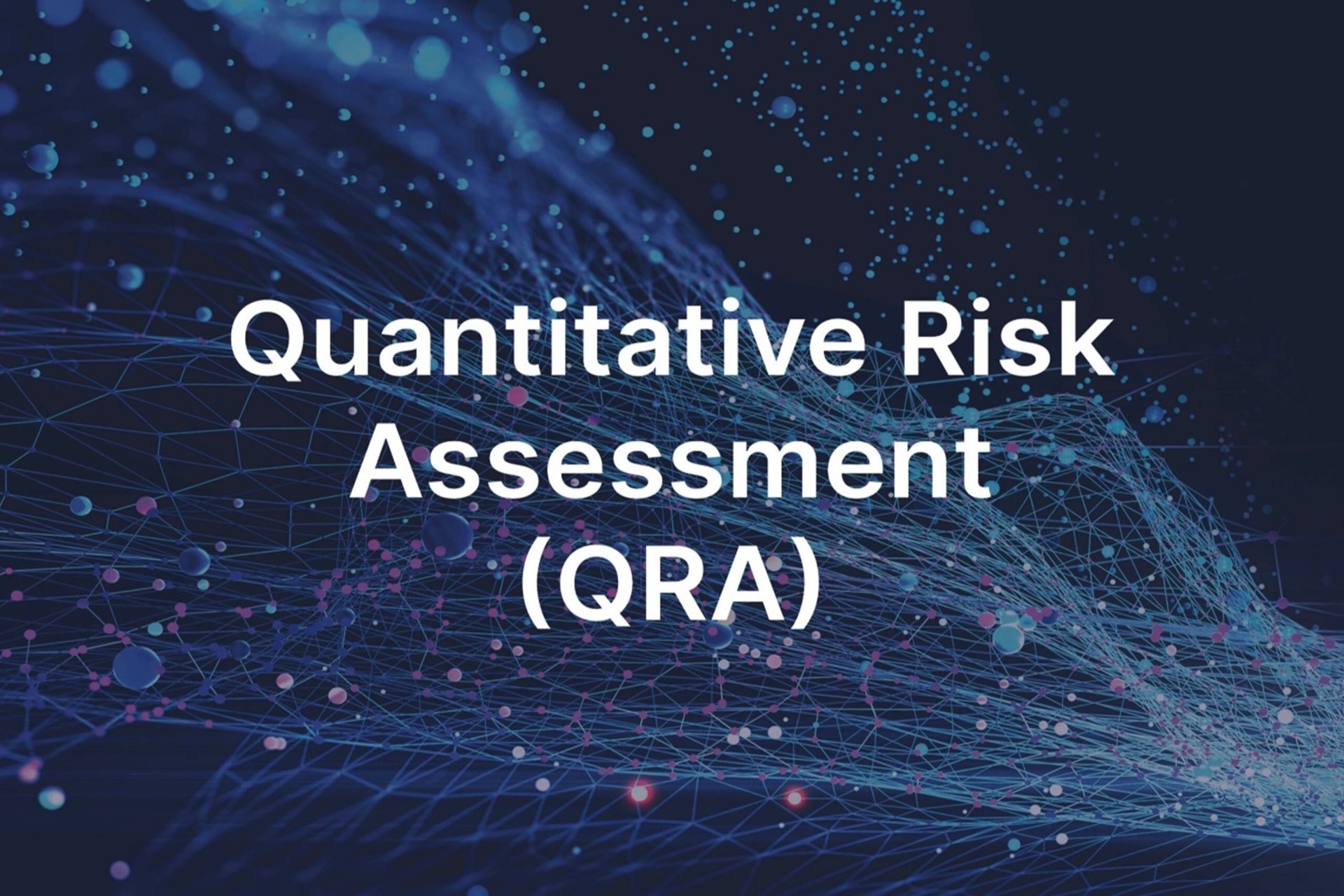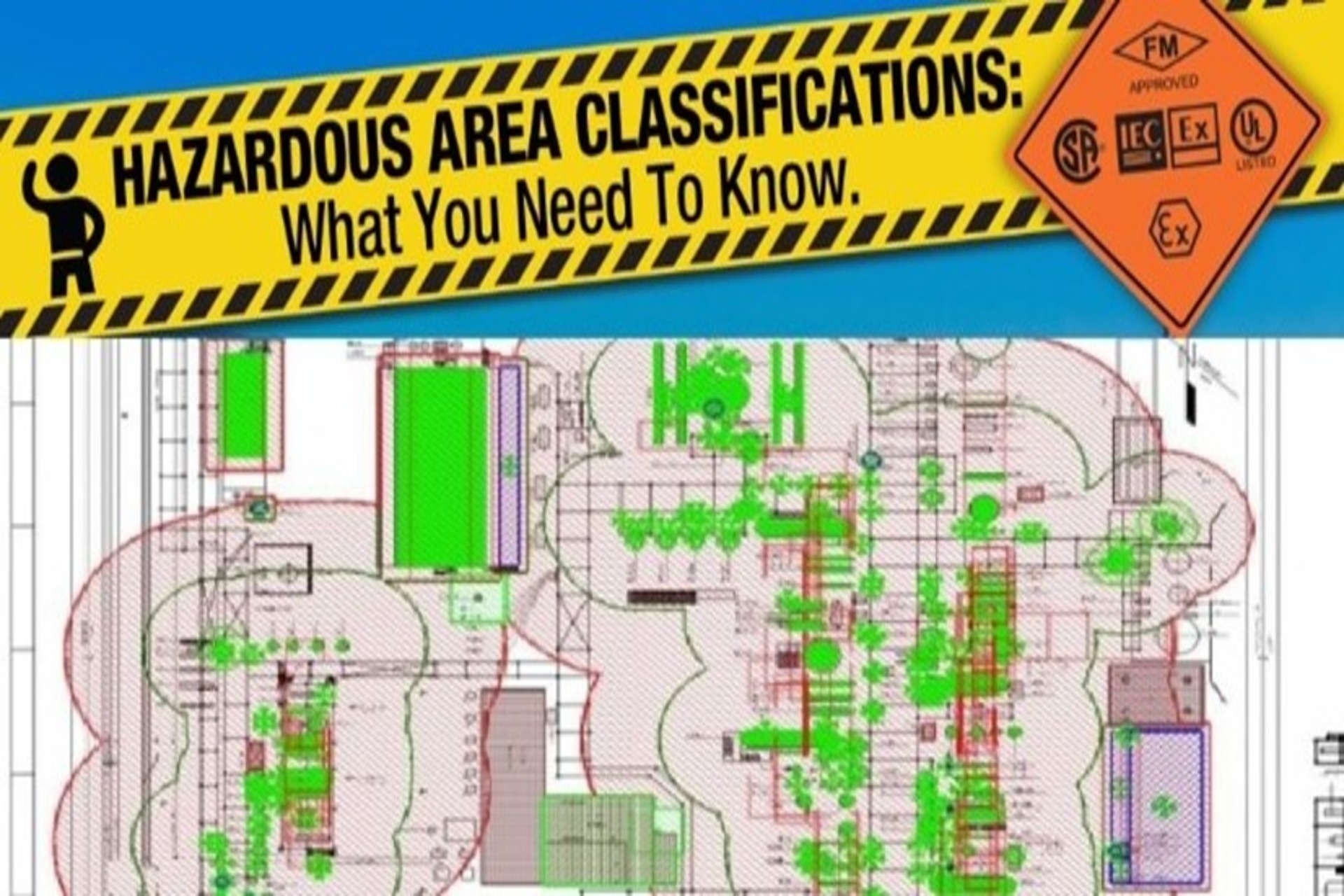
FAQ- QUANTITATIVE RISK ASSESSMENT (QRA)
QRA is a systematic technique used to calculate risks from hazardous events. It predicts the consequences of a hazard and the expected frequency of its occurrence. These factors are combined to obtain numerical risk values, often focusing on the risk of fatality. QRA assesses all identified hazardous events, often grouping similar events as representative or bounding scenarios to quantify overall risk levels.
FAQ- FIRE SAFETY AUDIT
"A fire audit evaluates the effectiveness of fire prevention and protection measures within a facility. It identifies potential hazards, assesses the adequacy of safety systems, and ensures compliance with regulations. The audit also recommends improvements to enhance fire safety, ultimately aiming to minimize the risk of incidents and protect lives and property."

FAQ- HAZARDOUS AREA CLASSIFICATION-IS (HAC)
Hazardous Area Classification (HAC) is a critical safety study aimed at identifying and defining the areas around equipment that handles or stores flammable fluids, vapors, and combustible dusts where the risk of fire or explosion is present. The primary goal is to minimize the possibility of an ignition source coinciding with a flammable atmosphere, thereby reducing the risk of fire or explosion.

FAQ- HAZARDOUS AREA CLASSIFICATION (HAC) STUDY-IEC
Hazardous Area Classification (HAC) is a critical safety study aimed at identifying and defining the areas around equipment that handles or stores flammable fluids, vapors, and combustible dusts where the risk of fire or explosion is present. The primary goal is to minimize the possibility of an ignition source coinciding with a flammable atmosphere, thereby reducing the risk of fire or explosion.

METHODOLOGY FOR QRA STUDY
QRA is a technique used to systematically calculate the risks from hazardous events. It involves predicting the size of consequences associated with a hazard, and the frequency at which a release of the hazard may be expected to occur. These aspects are then combined in order to obtain numerical values for risk – usually risk of fatality. QRA includes consideration of all identified hazardous events in order to quantify the overall risk levels. Similar hazardous events are often grouped and assessed together as bounding or representative events




